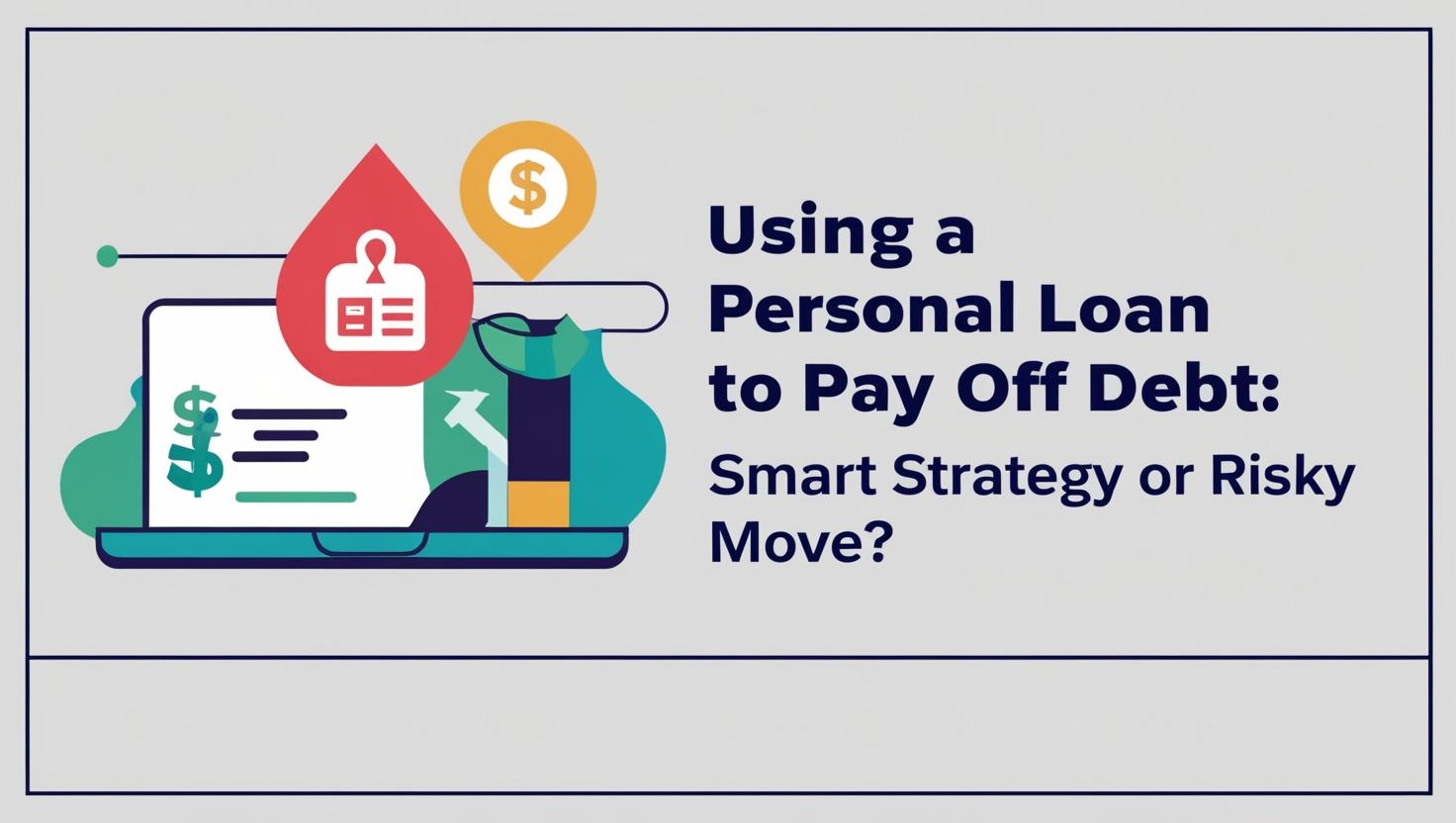Passive income can be a game-changer for your financial well-being. It offers the chance to earn money effortlessly, freeing you from routine work while building wealth. Whether you’re looking to pay off debts, save for a big purchase, or simply enjoy more time for yourself, establishing passive income streams is a key step toward achieving financial freedom.
Understanding Passive Income
What is Passive Income?
Passive income is the money you earn without actively working for it. Unlike a traditional job where you exchange time for a paycheck, passive income flows in with minimal supervision. Common examples include money from rental properties, dividends from investments, or royalties from a book. This income type allows you to earn while you sleep, travel, or pursue your hobbies.
The Difference Between Passive and Active Income
Active income requires constant effort. If you stop working, the income stops as well. This is typical for salaried jobs or freelance gigs. On the flip side, passive income can continue to generate funds with little to no ongoing effort. Think of it like planting a tree: you water it once, and as it grows, it produces fruit year after year with little upkeep.
Types of Passive Income Streams
There’s a variety of options encouraging people to explore passive income opportunities. Here are some popular types:
Real Estate Investment
Investing in real estate often leads to solid passive income through rental properties. When you buy a property and rent it out, the monthly rent becomes your income stream. Alternatively, Real Estate Investment Trusts (REITs) allow you to invest in property without the hassle of management. By purchasing shares of a REIT, you earn dividends based on rental income generated by the properties owned by the trust.
Dividend Stocks
Investing in dividend-paying stocks is another effective way to build passive income. When you buy shares in a company that distributes dividends, you receive a portion of the company’s profits. This investment can provide quarterly or annual income, depending on the company’s payout schedule. As you reinvest these dividends, your income stream can grow over time.
Peer-to-Peer Lending
Peer-to-peer lending platforms connect borrowers with individual investors. By lending your money to others, you can earn interest on the funds you provide. This method can offer returns that exceed traditional bank savings, making it an attractive passive income option. While it does come with some risk, especially if borrowers default, careful selection of loans can yield good results.
Digital Products
Creating and selling digital products like e-books, online courses, or apps can establish ongoing revenue. Once you create the product, it can keep generating sales without additional work. The initial time investment pays off when your product finds its audience and continues to sell month after month, providing you with passive income.
How to Build Your Own Passive Income Streams
Creating your own passive income streams takes strategy and perseverance. Here are steps you can follow:
Identifying Your Interests and Skills
Start by assessing your skills, interests, and resources. Ask yourself: What am I passionate about? What skills do I have? Combining what you love with income opportunities makes the process enjoyable. This helpful reflection can point you in the direction of the most suitable passive income streams.
Start Small and Scale Up
It’s wise to begin with small investments or low-risk projects. Experiment with different avenues to see what feels right for you. As you gain experience, gradually increase your involvement. The key is to ensure you’re comfortable with your investments before committing significant resources.
Invest Time in Learning
Educating yourself about the options available is essential. Understand the risks and benefits associated with different passive income streams. Read books, listen to podcasts, or take online courses to deepen your knowledge. Arm yourself with information to make informed decisions that align with your financial goals.
Monitor and Adjust Your Strategy
Once you’ve set up your passive income, keep an eye on its performance. Regularly reviewing your strategies allows you to spot areas needing improvement. If something isn’t working, don’t hesitate to adjust your approach. Flexibility can lead to better returns and a stronger income stream.
Challenges of Passive Income
While creating passive income can be rewarding, potential challenges also exist.
Initial Investment Requirements
Many passive income sources require an upfront investment. For example, buying real estate or purchasing stocks involves spending money before seeing returns. It’s important to assess your financial situation and be prepared for these initial costs. Starting slowly can help manage risks while building your passive income.
Time Commitment for Setup
Setting up passive income streams often requires considerable time and effort upfront. Whether it’s creating digital products, researching stocks, or buying properties, expect a significant time investment initially. Patience is key as the benefits might take time to materialize.
Market Risks and Variability
Investments carry risk, and passive income is no exception. Market fluctuations can affect returns, especially in real estate or stocks. Diversifying your income streams can help mitigate these risks. By spreading investments across different areas, you reduce the impact of a downturn in any single category.
Conclusion
Establishing passive income streams can significantly enhance your financial stability. Understanding the various types, setting clear strategies, and being aware of challenges will pave the way to success. Consider your interests, start small, and remain adaptable. The journey may require effort, but the benefits of generating income while you focus on what you love make it worthwhile. Take action today to start building your own passive income streams and enjoy the freedom that comes with it.






